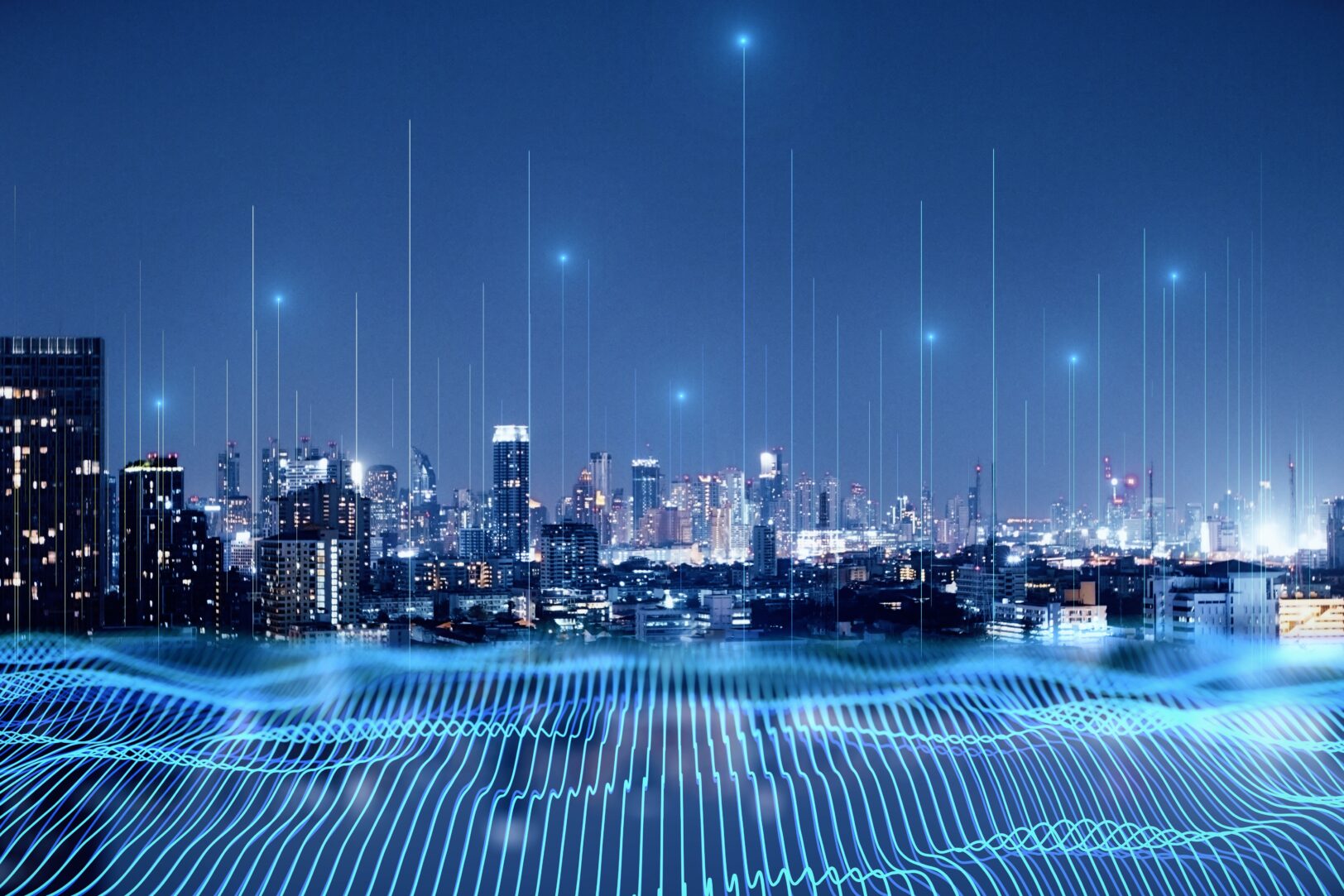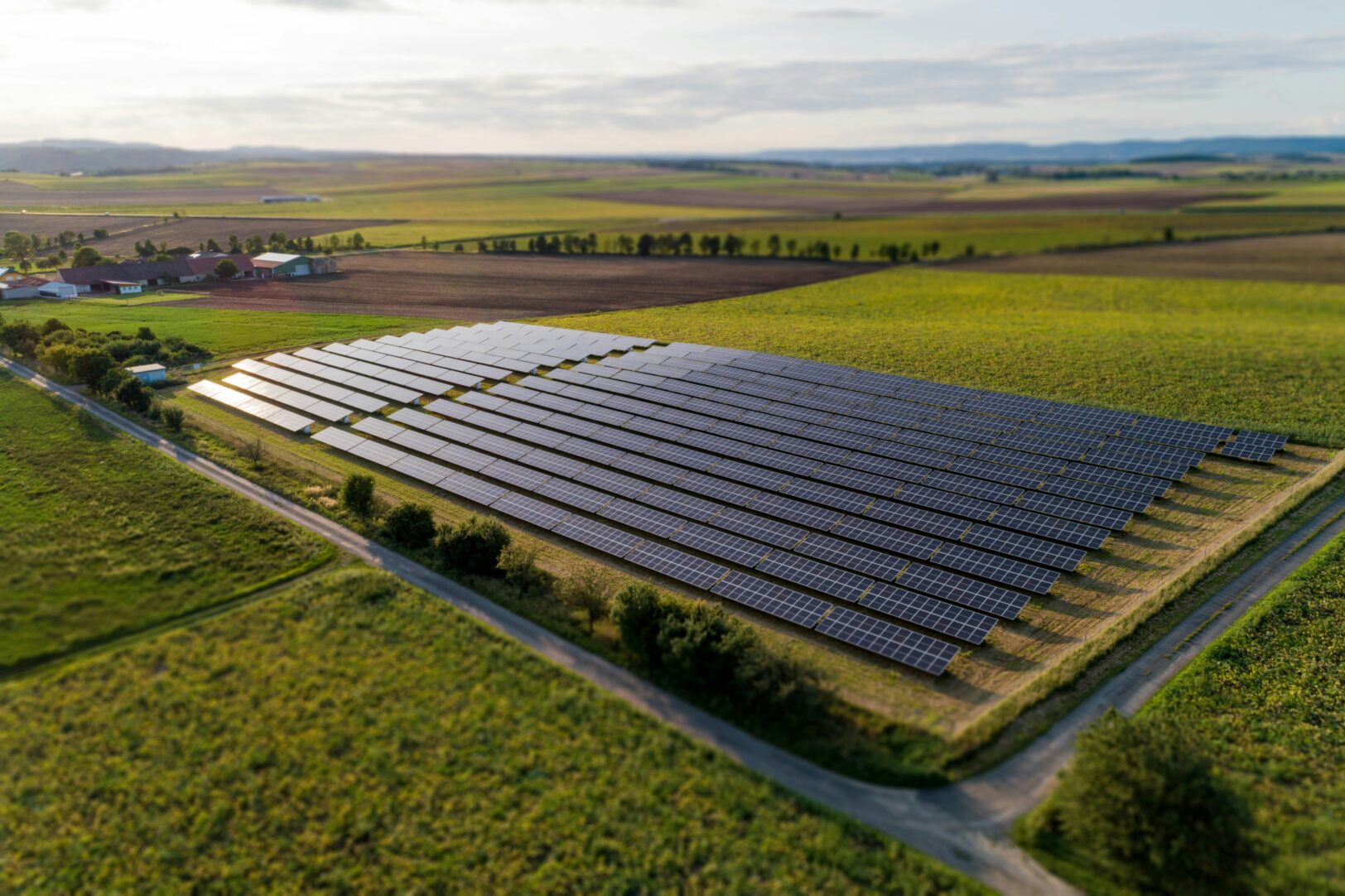Microgrids are decentralized networks of electricity generation, often integrating various renewable energy sources such as solar panels, wind turbines, and energy storage systems. Unlike traditional power grids, microgrids can operate independently or in conjunction with the main grid, providing unparalleled flexibility and reliability.
A microgrid operates through a smart interplay of local power sources like solar and wind, backed up by batteries. An intelligent control system constantly monitors energy needs, directing power from these sources and storage to the connected buildings. If the main grid experiences an issue, this system seamlessly switches the microgrid to an independent mode, ensuring continuous power supply within its boundaries.
Meet Our Microgrid Partner

We are proud to collaborate with Hover Energy, an award‑winning leader in microgrid innovation. Since 2015, Hover has been setting the gold standard in decentralized power by seamlessly integrating wind, solar, and energy storage into their patented microgrid systems. Their Microgrid Management System™ ensures unmatched efficiency and future‑proof flexibility, combining diverse energy sources and enabling automatic updates as technology evolves.
Named among the top innovators in renewable energy, Hover’s Wind‑Powered Microgrids™ are designed to transform buildings into clean energy hubs, empowering businesses to dramatically reduce emissions and cut dependence on centralized grids.
As our trusted partner, Hover Energy brings visionary leadership, proven performance, and a shared mission to help clients unlock true energy independence.
Benefits of Microgrids

Enhanced Resilience and Reliability
Microgrids keep critical operations running during outages, providing consistent, local power even when the main grid goes down.

Energy Security
By generating and managing your own energy, microgrids reduce reliance on external utilities and protect against supply disruptions.

Cost Savings
Microgrids help reduce energy costs by optimizing power use, avoiding peak pricing, and increasing operational efficiency over time.

Grid Support
Microgrids can support the wider grid by reducing demand during peak times and contributing excess power back to the system.

Integration of Renewable Energy
Microgrids enable seamless integration of solar, wind, and other renewables, maximizing clean energy use at the local level.

Environmental Benefits
By reducing greenhouse gas emissions and enabling clean energy adoption, microgrids contribute to a more sustainable energy future.
The Future of Energy: Harnessing the Power of Microgrids for a Sustainable Tomorrow

In an era defined by climate change and the urgent need for sustainable solutions, microgrids emerge as a beacon of innovation in the energy sector. These localized energy systems offer a transformative approach to power generation, distribution, and consumption, poised to revolutionize how we think about and utilize energy. As we delve into the benefits and future potential of microgrids, it’s clear that they are not just a technological advancement but a pivotal shift towards a more resilient and renewable energy future.
Keep up to Date with Microgrids
- Alternus and Hover Launch EverOn Energy, A New Joint Venture to Scale Microgrid Deployment for Blue-Chip Clients
- Alternus Clean Energy, Inc. Announces 1-for-200 Reverse Stock Split
- Alternus Clean Energy, Inc. Enters $17bn UK Microgrid Market with Innovative and Market Leading Energy Solution Provided via Energy as a Service Contracts



